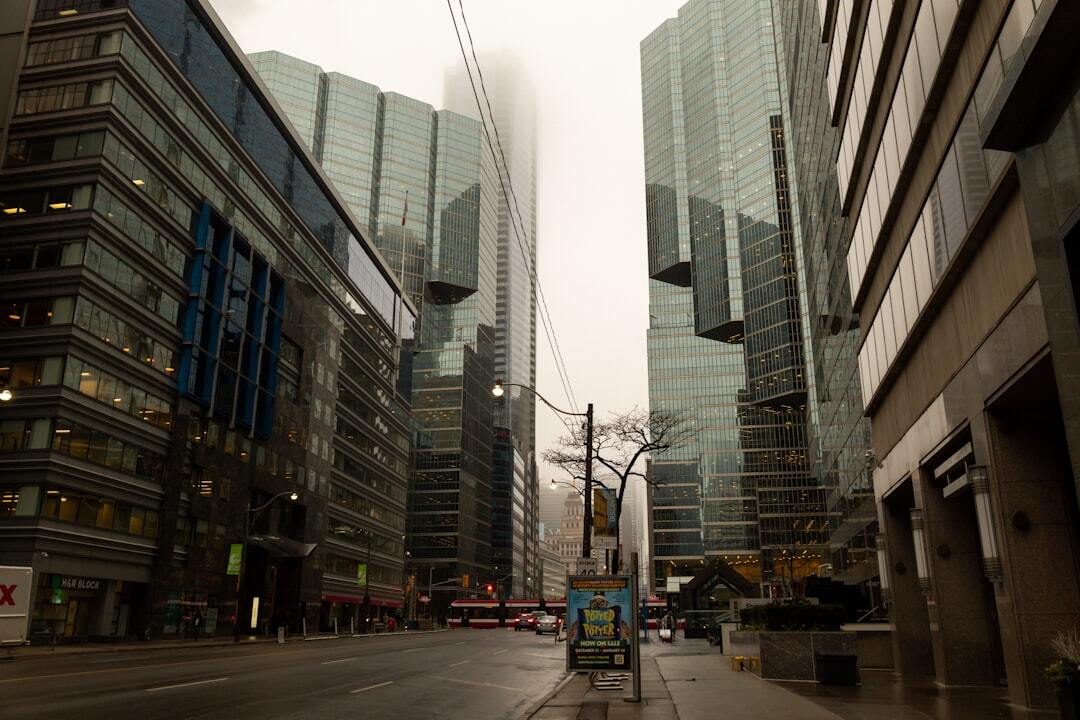Despite recent interest rate cuts, the Greater Toronto Area housing market has shown no signs of budging, according to a report from RBC. The report indicates that home prices in the GTA have continued to rise, with the average selling price reaching $1.07 million in October. This represents a 14.8% increase from the previous year, highlighting the ongoing demand for housing in the region.
The lack of affordability in the GTA housing market has been a long-standing issue, with home prices consistently outpacing income growth. The report suggests that even with the recent rate cuts, potential buyers are still facing significant financial barriers when it comes to entering the market. This is particularly true for first-time buyers, who may struggle to save for a down payment or qualify for a mortgage at current price levels.
The RBC report also highlights the impact of supply constraints on the GTA housing market. Despite an increase in new listings in October, the overall supply of homes remains low, putting upward pressure on prices. This imbalance between supply and demand has been a driving force behind the rapid appreciation of home values in the region.
In addition to supply constraints, the report points to other factors contributing to the strength of the GTA housing market. These include low borrowing costs, high household savings, and a shift in preferences towards larger living spaces due to the rise of remote work. These trends have fueled demand for housing and supported price growth, despite the economic uncertainty brought on by the COVID-19 pandemic.
While the ongoing strength of the GTA housing market may be welcome news for current homeowners, it presents challenges for those looking to enter the market. The report warns that the affordability gap in the region is unlikely to narrow in the near future, particularly as interest rates remain low and demand continues to outstrip supply. This could potentially put homeownership out of reach for many potential buyers, exacerbating existing inequities in the housing market.
In response to the housing affordability crisis, policymakers have been under pressure to implement measures to cool the market and make homeownership more accessible. However, finding a balance between supporting economic growth and ensuring housing affordability remains a complex challenge. The RBC report suggests that further interventions may be necessary to address the affordability gap in the GTA housing market, but cautions that any measures must be implemented carefully to avoid unintended consequences.
As the GTA housing market continues to defy expectations, prospective buyers are left grappling with the reality of high prices and limited options. For many, the dream of homeownership in the region may seem increasingly out of reach, raising questions about the long-term sustainability of current market conditions. While the future remains uncertain, one thing is clear: the GTA housing market shows no signs of slowing down, leaving both buyers and policymakers with a challenging road ahead.






